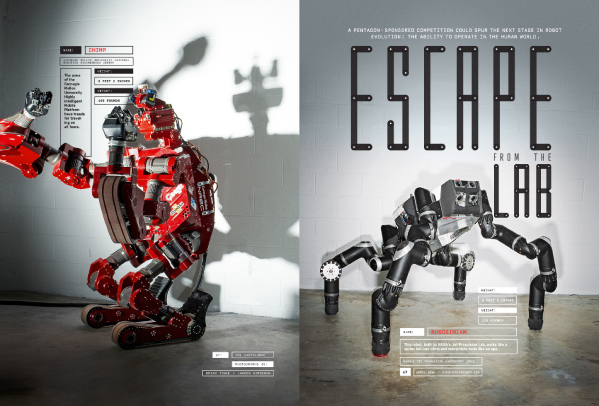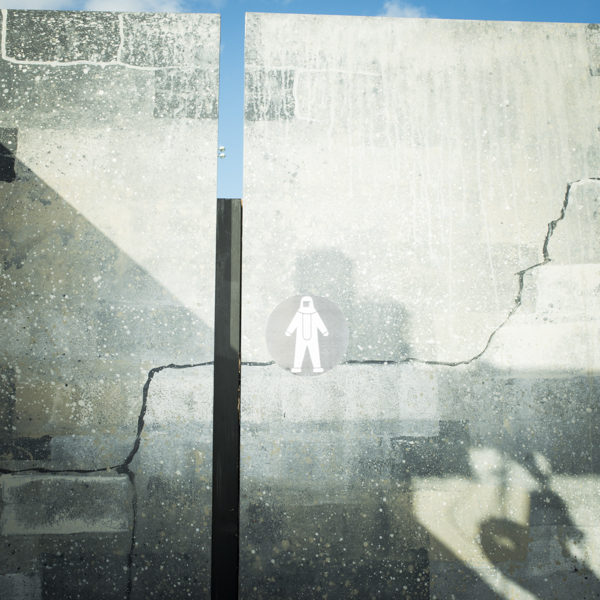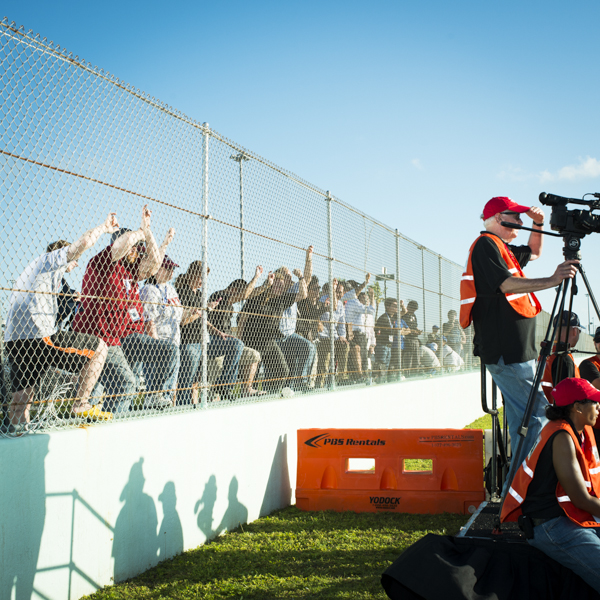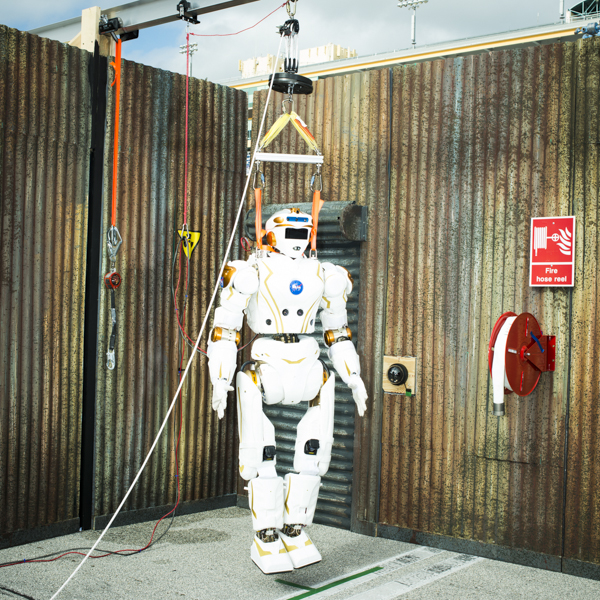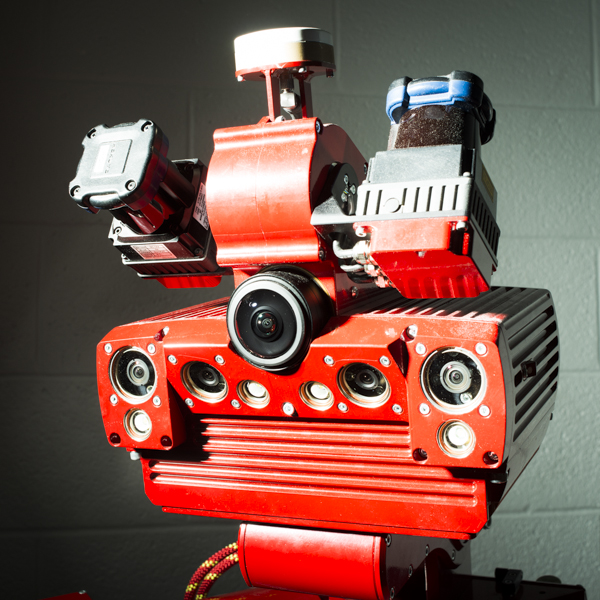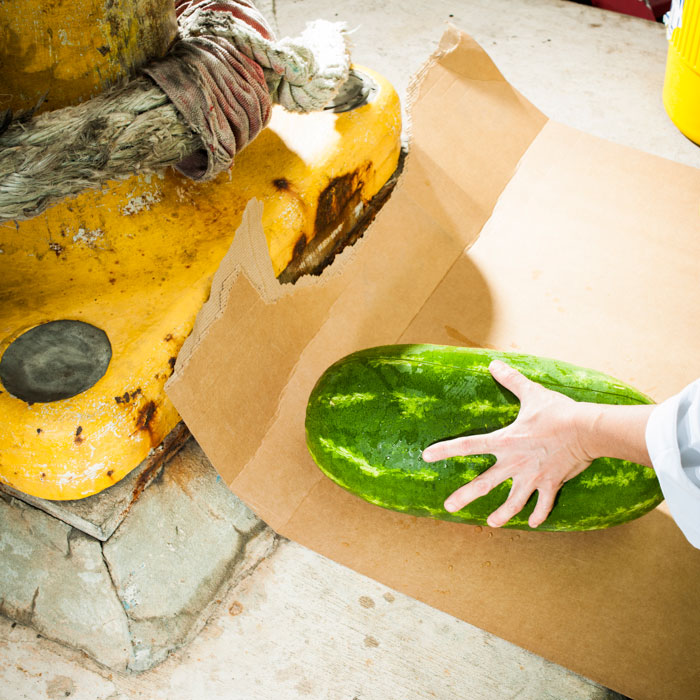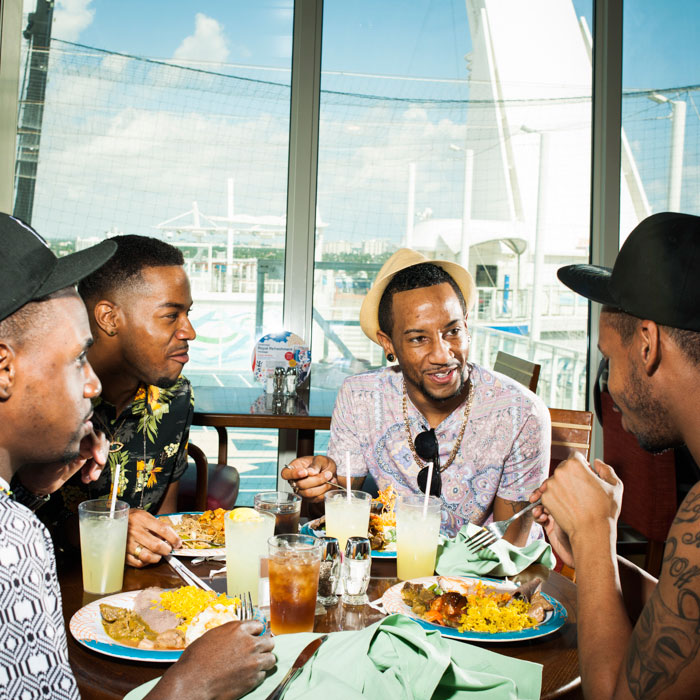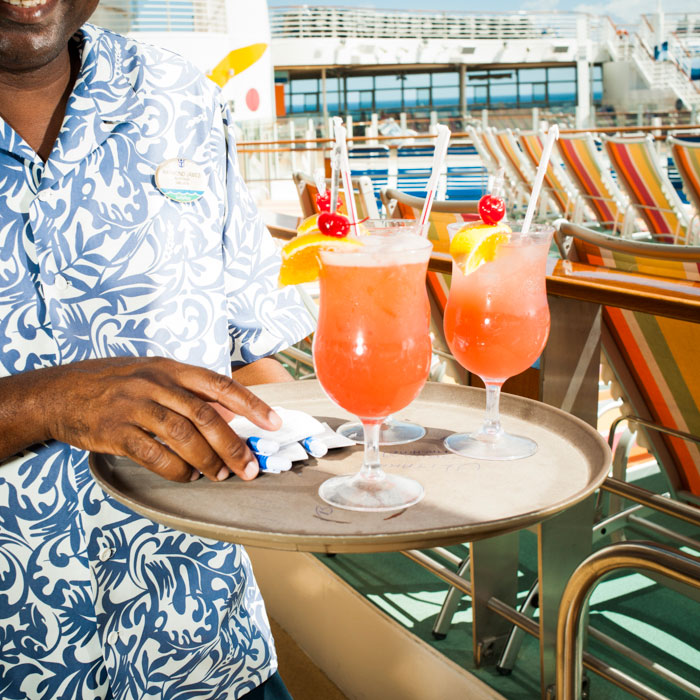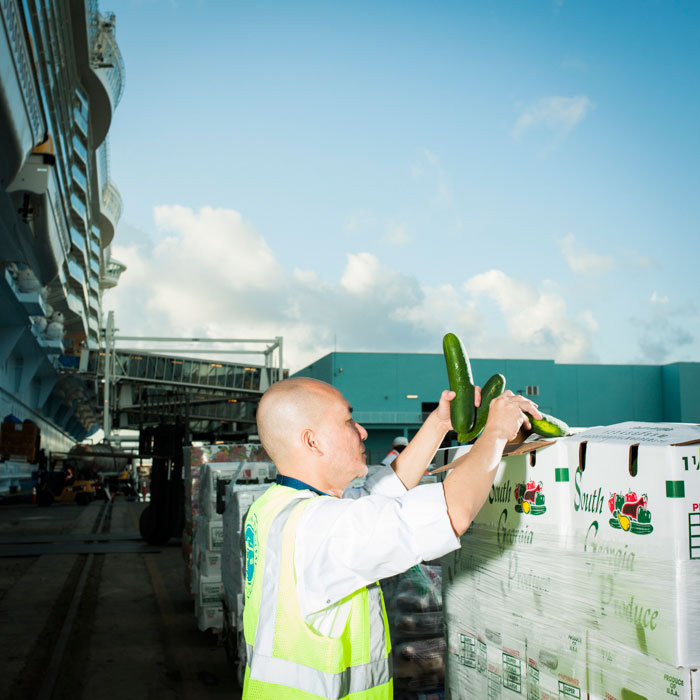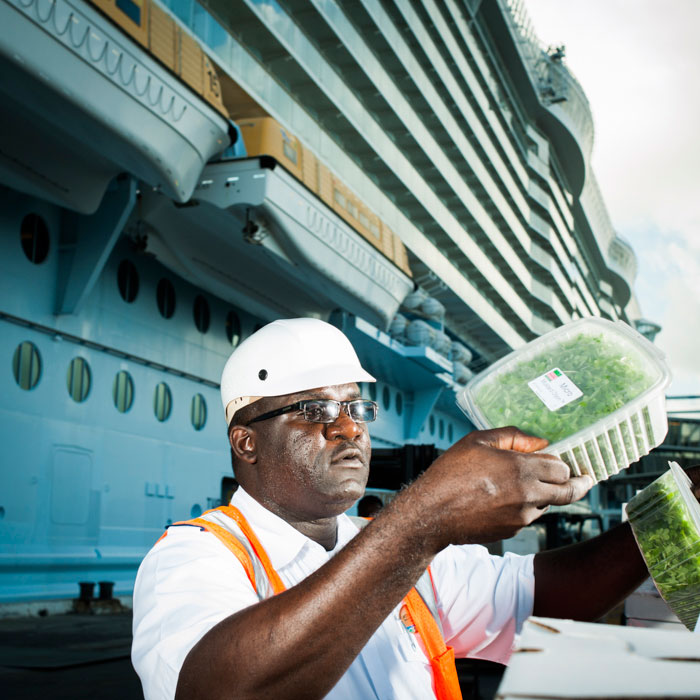In this week’s issue of the magazine, David Owen writes about his culinary experience aboard Royal Caribbean’s Oasis of the Seas, a luxury cruise liner that, he writes, “feels less like a nautical object than like a shopping-mall food court with swimming pools on the roof.” Brian Finke took the photographs that accompany the piece on a sister ship, Allure of the Seas, while it was anchored in Ft. Lauderdale. Both ships accommodate about six thousand passengers, and a typical weeklong Oasis cruise goes through about a metric ton of lobster. Much to Owen’s surprise, almost all the food—from pizza to lemon-scented pea soup—is made on the ship from fresh ingredients.
11.10.2014 — Comments are off for this post.
The New Yorker: Cuisine for a Cruise
11.09.2014 — Comments are off for this post.
Wired: Intimate Images of US Marshals From an Embedded Photographer













The FBI may get all the love (and movies), but the US Marshals Service is America’s oldest federal law enforcement agency. Brian Finke spent nearly four years embedded with the marshals, chronicling their daily lives with intimate, revealing images that peer into an often dangerous world.
“I felt like it was my own version of the TV show COPS,” Finke says.
Personal Connection
Finke (who photographed John McAfee for WIRED) likes to choose a subculture—bodybuilders, flight attendants, cheerleaders—and immerse himself in it. He decided to photograph US Marshals after re-connecting with Cameron Welch, a high school buddy who’s now a marshal in Houston. Welch put Finke in touch with the brass in DC, who gave him unprecedented access.
The Marshals Service, created in 1798, is charged with things like apprehending fugitives, transporting and housing prisoners and protecting witnesses and federal judges. It didn’t take long for Finke to find himself in the middle of things. His first ride-along included a 120-mph pursuit of an escaped convict in Huntsville, Texas. Not too much later, he was in Las Vegas, where he joined marshals as they rounded up sex offenders and saw a young man overdose on heroin after swallowing his stash.
Bright Flashes of Light
To make his saturated, brightly lit photos which are now featured in a new book, Finke used two Quantum Qflashes and a Nikon D800 camera. He held one of the flashes and an assistant held the other. You might think it intrusive, or at least awkward, to have flashes firing as marshals chase criminals, but Finke said everyone was OK with it and was happy to have him along instead of an entire TV crew.
Finding photos to make was easy, especially when the marshals were in full garb with guns pulled. Over time, though, Finke says such photos grew olde, even cliché. “When I started doing this project everyone felt like a hero and my images felt too much like propaganda photos,” he says.
Looking Beyond the Obvious
To tell a more diverse story, Finke sought unexpected or humorous moments, or things that conveyed the personality of the people he was following. A photo of a marshal in a purple shirt and bow tie, for example, that seems out of place. But Finke says the officer is based in Los Angles, where the office celebrates bowtie Mondays. Then there’s the slightly weird photo of a marshal holding a remote control car. Finke says the car was part of disguise he used while surveilling the door of someone suspected of human trafficking.
“In the end it was important for them to also look like normal people,” he says.
Although he was close behind the marshal as they did their work and often found himself wearing body armor, Finke says he never felt he was in danger. He saw things that shocked him, but never had to duck and cover as bullets flew. That’s because when the marshals go after someone, he says, they try to catch them by surprise or use such overwhelming force the person has little ability or incentive to resist.
“It was all about them being really good at what they do,” he says.
11.09.2014 — Comments are off for this post.
SPIEGEL
Article: US-Marshals: Die Handschellen der Nation
Marshals sind in den USA so etwas wie die Dienstleister der Justiz: Sie vollstrecken Haftbefehle, schützen Richter und transportieren Gefangene. Der Fotograf Brian Finke hat sie über mehrere Jahre bei ihrer Arbeit begleitet.
Die Bilder von Brian Finke zeigen US-Marshals in schusssicheren Westen, auf der Jagd nach flüchtigen Straftätern. Sie zeigen die martialisch wirkende Ausrüstung der Einsatzkräfte, ihr Arsenal an Waffen, Handschellen und Fußfesseln. Und sie zeigen Verbrecher, die überwältigt auf dem Bürgersteig liegen. Finke, Jahrgang 1976, ist ein preisgekrönter Fotograf. Gut vier Jahre lang dokumentierte er mit seiner Kamera den Alltag von US-Marshals, nun erscheint ein Bildband mit den besten Fotos.
Marshals gibt es in den USAschon seit 1789. Sie sollten Richter und Staatsanwälte an Bundesgerichten schützen - und so für einen reibungslosen Ablauf im Justizsystem sorgen. Seither seien viele weitere Aufgaben hinzugekommen, sagt Welch: Gefangenentransporte, Zeugenschutzprogramme und die Vollstreckung der von Bundesgerichten ausgestellten Haftbefehle. In dieser Abteilung, die flüchtige Verbrecher aufspüren soll, arbeitet Welch. Viele von Finkes Fotos entstanden bei ihren Einsätzen.
Verfolgungsjagd mit Tempo 200
"Mein erster Einsatz war eine Verfolgungsjagd mit einem Häftling, der aus dem Gefängnis in Huntsville geflohen war", sagt Welch. "Ich trug eine kugelsichere Weste und der Tacho zeigte fast 200 Kilometer pro Stunde an." Finke begleitete in den zurückliegenden Jahren unter anderem in New York, Houston, Las Vegas, Philadelphia und Los AngelesMarshals bei ihren Einsätzen.
"Mich überraschen immer wieder die einzigartigen Situationen, in die ich gerate. Es ist immer etwas Neues", sagte Finke im vergangen Jahr in einem Interview mit SPIEGEL ONLINE. Die meisten seiner persönlichen Projekte dauerten ein paar Jahre, so der Fotograf. "So ein Zeitraum eignet sich gut dafür, besessen an einem bestimmten Thema zu arbeiten, es gründlich zu durchdringen, bevor man es leid wird und zu etwas Neuem weiterzieht."
Seine Bilder sind in vielen Zeitungen und Magazinen erschienen; sie wurden zudem bei Ausstellungen in den USA, Europa und Asien gezeigt. Er hat bereits mehrere Bücher veröffentlicht. Eine Auswahl seiner Marshal-Bilder werden bald in einer Galerie in New York zu sehen sein. Die eindrucksvollsten Fotos finden Sie hier.
11.09.2014 — Comments are off for this post.
New York Observer
Photo Essay: In the U.S. Marshals Series, There Is No Hunting Like The Hunting Of Man
Photographer Brian Finke shoots the U.S. Marshals
by Emily Assiran
Ernest Hemingway once wrote, “There is no hunting like the hunting of man, and those who have hunted armed men long enough and liked it, never care for anything else thereafter.”
Armed and dangerous men and women serve as prey for the U.S. Marshals Service, and Brian Finke was given intimate access to document the training and thrills of life as a U.S. Marshal. According to the Federal Bureau of Investigation, there are over 6,500 fugitives on the run, and the men and women of the U.S. Marshals service are tasked with breaking down doors, jumping fences and doing is whatever necessary to bring them in. We spoke with Finke and Deputy U.S. Marshal Cameron Welch about the series, captured in a new book, and what it means to chase a fugitive.
Interview with Brian Finke:
Were there rules and restrictions placed on you during ride alongs? Were there some things you could or could not do, and how did that affect your work? I needed to keep the perp’s identity anonymous, which worked fine because I wanted to keep the attention on the Marshals, and their activity.
I witnessed sex-offender round-ups in Las Vegas, con air prison extradition from Cuba, intense Texas/ Mexico border activity, like in the Wild West. |
Many of your photographs are highly stylized with light and shadow, almost giving them a staged look. Is this something you were going for, and what was the message you were trying to give by doing that? It’s an intentional decision, my assistant and I run around using hand held strobes to mix the artificial lighting with the natural light to create a tension in the photographs of not knowing where something is real or not, I like the curiosity that it builds in a photograph.
From the perspective of an outsider, can you describe the culture among the U.S. Marshals? Normal, everyday men and women going to work and working really hard at what they do, complete respect.
Hunting wanted fugitives doesn’t necessarily come off as a woman’s job yet you can find women dotted throughout the series. Did you see anything interesting in the ways the women were treated by the men they worked with or the one’s they hunted? I saw no distinction between gender, everyone is there to get the job done.
Were you ever afraid, and can you tell us of a time that you were most afraid? I witnessed sex-offender round-ups in Las Vegas, con air prison extradition from Cuba, intense Texas/ Mexico border activity, like in the Wild West. But I never felt my life was in any danger. Maybe I was a bit naïve in some situations, but the Marshals are all about overwhelming force when going to serve the warrants. It’s amazing watching them do their thing.
Interview with Deputy U.S. Marshal Cameron Welch
How long have you been a U.S. Marshal and can you give a brief description of the job? I have been a US Marshal for approximately 12 years (5/03). I am currently assigned to the Gulf Coast Violent Offenders and Fugitive Task Force in Houston, Texas tracking violent fugitives. The mission of the USMS is pretty broad compared to our other DOJ components. We are the oldest Federal law enforcement agency in the country established by George Washington under the First Judiciary Act of 1789. Such responsibilities consist of Judicial Security, Witness Protection, Fugitive Investigations and Prisoner Transportation.
You knew Brian from high school, did that change what you showed him? Did you feel as if you were able to show him more or less of what you really do? No, but he did get to see more! For years on multiple occasions I have been afforded the opportunity to have local and national media ride along with me during fugitive investigations. During those ride alongs their story was strictly limited to fugitive cases. In regards to Brian’s project, we wanted to facilitate a much broader aspect of what we do in order to depict what the USMS does on a daily basis. I feel that during this project Brian’s exposure to our job was definitely from the front lines and as accurate as you can get.
Many of the photographs seem to come from training, how important is training for you as a U.S. Marshal and how often do you do it? Training is an essential part of our work. We live by our training as it is one of the things that keeps us safe. We continually strive to train multiple times a month with USMS personnel and other law enforcement components.
What are some of the things you do to get ready and head out to hunt fugitives? I like to think about the situation at hand in its entirety. What the subject is wanted for, their criminal history, their abilities, training and background. Basically to get in the mind of a criminal….. and then go out and find him!
Take a look at Brian Finke’s U.S. Marshals book here to check out the rest.
11.09.2014 — Comments are off for this post.
Interview: Brian Finke on U.S. Marshals, Style & Subject
Alexia Foundation: You have your fourth monograph, U.S. Marshals, coming out, that must be exciting. Are you relieved?
I’m drawn to subject matter that’s relatable, that we see in the everyday, and then I like to take that out of context
Brian Finke: I love the process. I’m always relieved but it’s always a little bittersweet because I love working on these projects and I love putting them out there and sharing it. It’s always heartfelt when it’s over because it is so much fun being out in the world with the wild circumstances. Being out there and photographing is always the really fun part. But, I’m excited to share it now.
Alexia Foundation: What intrigued you particularly about the U.S. Marshals?
Brian Finke: For years, I’d wanted to do a project about how we as a country police ourselves. That was the original, very broad motivation. My buddy, Cameron, who I was friends with in high school and then reconnected with many years after, had become a US Marshal. That’s how the project originally started.
For me it was amazing, putting on bullet proof vests and riding in right behind them. I had total respect for what they do. The pictures in the beginning almost felt too propaganda-like. It was just such an amazing experience – being there with them and being in awe of what they do.
I love being a storyteller with pictures. That’s why I love working on these longer term things and then having the opportunity to do a book where you just show so many pictures and are able to tell a story. I love to take pictures that touch on different sensibilities. Some that are very heroic. But also some that have a sense of humor or can be a little more heartfelt or sentimental or funny. When pictures touch on those different emotions, I think that’s what makes for a successful story. I think it’s very easy just to go do all one type of thing and be sarcastic about it.

I really enjoy that process of storytelling. I think it’s a very natural thing also that comes from spending a long period of time and revisiting something. All these things just start naturally presenting themselves.
I photographed a sex offender round up going on in Vegas. I photographed a prisoner transport coming back from Cuba. I photographed the amazing Air Marshal training facilities at LAX. Then, they were serving warrants.
My first day was in Houston. The U.S. Marshals work with other government agencies. A prisoner had escaped from a Huntsville prison. We were driving 120 miles per hour on the freeway going to get this escaped convict. It was incredible to see.
For me, what I love about photography is the experience of being out in the world. Reality is the best. The things that naturally happen, you can’t make it up. Being there, spending the time, and seeing what presents itself. That’s my work.
Alexia Foundation: How much of your book captured training exercises and how much was fieldwork?
Brian Finke: I don’t know the percentage. There is a combination of being out on the street and then doing training things. I felt the training stuff was important because how it is a weird play with reality. You don’t know whether it’s real. That is something that I liked and is important to me in my pictures.
I also like capturing those reportage moments, but then adding light to it. The light heightens the moments and creates an artificial feeling.
Alexia Foundation: How dangerous was the fieldwork?
Brian Finke: I never really felt like my life was in danger at any point because of how they operate. It’s all about being very smart and also using overwhelming force, in a sense that, it could be a dozen marshals going in to get one guy. They go in early in the mornings, either after the person is come back from being out all night or before they leave the house for the day. They are on the streets when there are no bystanders or pedestrians nearby.
And when they say, “You should put on a bulletproof vest,” you should definitely listen to them and take the precaution. But they’re really, really, good at what they do so that, it felt very safe being there. It’s about as close as I would ever want to get to any sort of sketchy or war type of situation.

Alexia Foundation: How are you shooting? What are you using?
Brian Finke: This was my crossover to digital project. Everyone has theirs, it seems. The beginning was shot on film and I switched to shooting digitally.
The digital process just works for me very well. Prior it was all Hasselblad and handheld Q flashes. I love how responsive the digital process is between auto focus and using the TTL metering for the Quantum Q flashes. It made me even more responsive in the situations as far as being able to react to what’s going on and capture photographs.
I think it made me a better photographer, I wouldn’t be doing it if I didn’t really enjoy the process and thought that it would make for better images.
Technically speaking, I shoot with the high end Nikon cameras and I use Quantum Q Flashes. I hold a flash off camera and then I work with an assistant that also holds a flash. My assistant and I work together all the time so the whole process becomes very second nature and intuitive in these situations – knowing which way I’m wanting the light to come from and streaking through the scene and then just being very responsive and moving with the changing situation.
Alexia Foundation: What do you look for in your projects? What links 2-4-6-8, Flight Attendants, Construction and U.S. Marshals together?
Brian Finke: I’m drawn to subject matter that’s very relatable, that we see in the everyday, and then I like to take that out of context or show it in a slightly different circumstance, so it’s less familiar. For instance with the flight attendants it was great going into people’s homes or deli’s or bars or lounges and different things, taking them outside of that normal scene of relating to them on an airplane.
I think that it’s also very fulfilling because it allows people to see the very familiar and look at it in a slightly different way. I like that familiarity with something like the cheerleaders or football players. The same thing with U.S. Marshals, seeing them in the unfamiliar place of going into people’s homes with them and how that feels.

Alexia Foundation: What are you trying to do with your photography? What’s the goal?
Brian Finke: Originally way back when, forever ago, in high school, I got into photography because of seeing the work of photographers like Eugene Richards, Eugene Smith, Joe Perez – people that were very dedicated to social awareness in their photography. I wanted to work in that tradition.
I came to art school here in New York, the School of the Visual Arts, very interested in documentary photography. When I graduated, I was one of ten photographers photographing child labor issues around the world. My original motivation for photography came from that. I wanted to go and photograph very serious social awareness issues. Working on projects like that, I felt my photography was emulating people that have done it and done it very well for a long time.
Then I started my first big personal project. It became my first book, 2-4-6-8, which was about cheerleaders and football players. It came out in 2003. I grew up in a suburb of Houston in Texas and both my sisters were cheerleaders in high school and college. My attention turned to things that more spoke about my own culture.
I love what I go and do. I love the process of it. I love being out in the world, meeting people. That means a lot to me. Then I enjoy the part coming up with the U.S. Marshals projects where I able to share. What people get from it specifically, I very much leave up to them.

Alexia Foundation: What’s the moment you remember best from your Alexia grant?
Brian Finke: There’s not really a specific moment, but I enjoyed it, being back at the high school and appreciating that experience. And it led to my first book. It was during that time when my motivation and interest changed from just wanting to do something that was more specifically rooted in documentary photography, the traditional subject matter of it. I didn’t consider myself a documentary photographer. I was more making a social comment, instead of more criticizing a specific thing.
It’s kind of a strange thing to talk about because it wasn’t, I didn’t feel like it was totally a successful thing but it was a good learning experience. It helped me find a better balance between just going and photographing. I really like how I work now. I like how doing assignment work can influence personal work and vice versa. I think everyone figures out what works for them and the subject matter and stuff that they’re drawn to.
Alexia Foundation: What did winning the Alexia Grant mean to you?
Brian Finke: It’s wonderful getting acknowledgement. That reassurance is always very much appreciated.
For me, when I was a student and received it, it helped me get meetings at magazines with photo editors. It was that original introduction that brought my work to photo editors’ attention. Not that I started working right away for places like The New Yorker or The New York Times Magazine but it was great being able to go and meet with the photo department and show them work. Then just to always follow-up with that, show them the work six months later, and then show new work and then continuing doing that.
Then, a few years down the road, I started to get assignments for these publications that I really wanted to work for. It definitely opened doors and it’s always great getting acknowledgement for personal work.

Alexia Foundation: Do you know what’s next?
Brian Finke: I’m always working on something. My current project is about the models in hip hop videos, “Hip Hop Honeys, Video Vixens.” I’m hanging out on set of everything from B-level to high end stuff with Jay-Z and Busta Rhymes and 50-Cent, and photographing the women that are in the videos.
The project came to me through a photo editor that I work with at D Magazine in Italy. We were at a photo festival and she had seen a BBC documentary about it and she said, “Brian, you’d love this, it’s so perfect for you.” I love it when friends and people that I work with recommend things. It seems like story ideas come very naturally that way. I started shooting a little while ago and that will hopefully be the next book and show.
Alexia Foundation: What advice do you have for young photographers?
Brian Finke: Always make personal work. That’s the thing that I took the most from art school – to always be doing personal work. That’s where all my commercial work comes from – sometimes very, very directly. I’m now photographing a Delta ad campaign because of my Flight Attendant book.
Recently, my first story for National Geographic came out about meat culture. That came from me just doing a lot of shooting BBQ and doing food pictures that way. People respond to the personal work. It’s great showing that interest in and commitment to things. It comes across. Art directors and clients respond to it.
It’s also very fulfilling. Personal work is the stuff that stays around. It resonates. It feels really good to do those things. I can’t talk enough about personal work. Also, as your photography career grows, it’s nice having this grounding of things that you can go do for one’s self. That’s a great thing to have there.
That and to have just a great work ethic. You have to work really hard. That’s my two cents worth.

Clamp Art in New York City will be hosting an exhibition of U.S. Marshals to coincide with the launch of the book. The opening reception is Nov. 20, 2014 and the work will be on display until Dec. 20. PowerHouse books will be holding a celebration and book signing for the new work on Nov. 21 in Brooklyn.
11.09.2014 — Comments are off for this post.
Vision Magazine
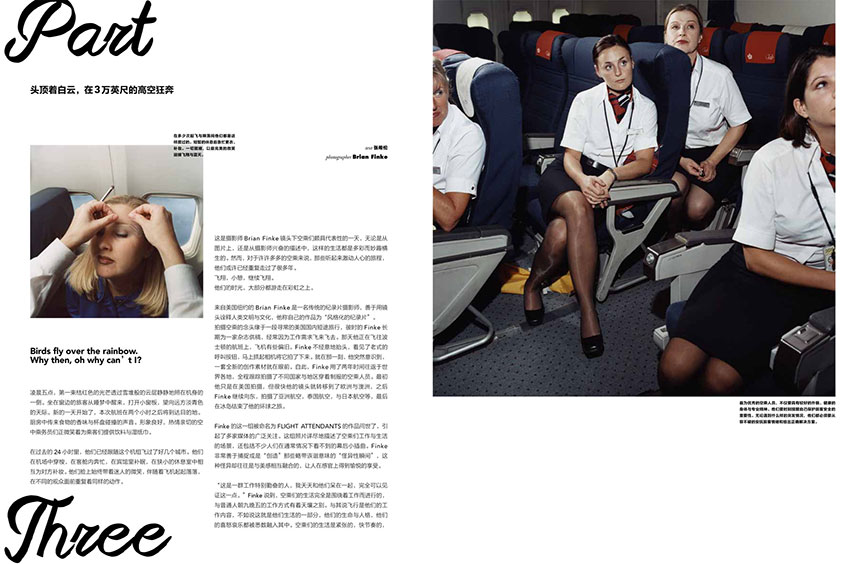
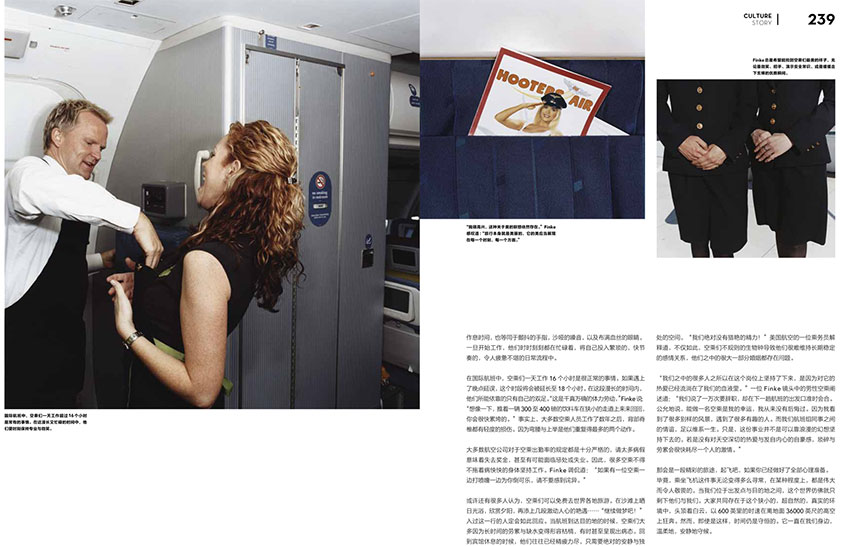
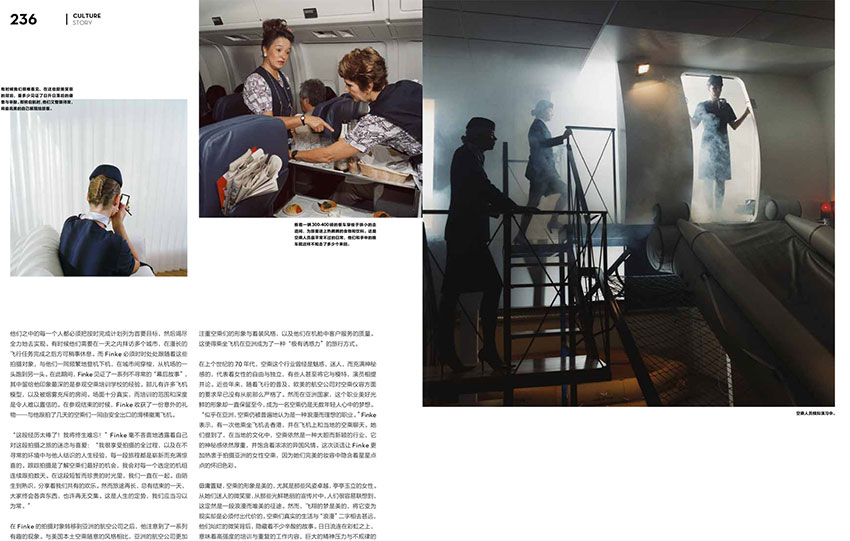

08.01.2014 — Comments are off for this post.
U.S. Marshals now available on Amazon
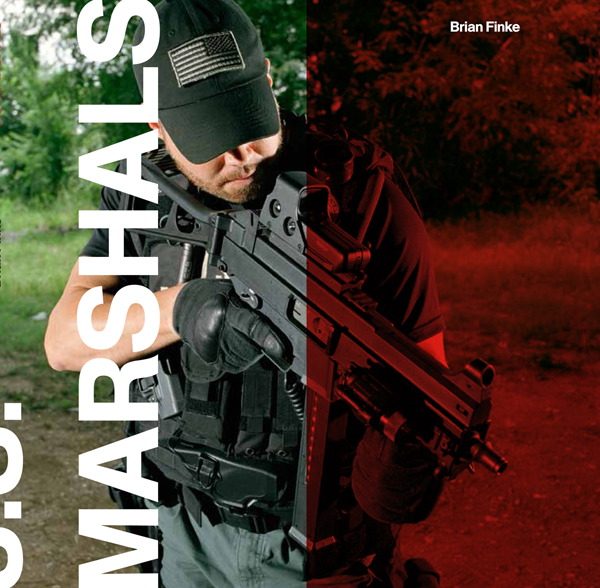
FOR IMMEDIATE RELEASE:
powerHouse Books is pleased to announce the November 2014 release of
U.S. Marshals
By Brian Finke
Forward by Edith Zimmerman | Designed by Robert Festino
U.S. Marshals, the much-anticipated fourth monograph from American photographer, Brian Finke, will be released this November on powerHouse Books. Shot over the course of 4 years, with Marshals, Finke captures the culture, practices and procedures of the United States’ oldest law enforcement agency, heightened by access that is both unprecedented and telling. Finke began documenting U.S. Marshals in 2010 after re-connecting with a childhood friend, Deputy U.S. Marshal, Cameron Welch:
“I was surprised at their willingness to have me step inside their world, but once there what I saw was a well-oiled machine — one that speaks to an American heritage of civil authority that has transcended nearly all facets of U.S. law enforcement. I felt a strong connection between Marshals’ responsibilities and our civilian culture. I knew immediately that I wanted to make a book.”
Finke photographed U.S. Marshals in cities across the U.S. including Houston, Las Vegas, New York City, Syracuse, Utica, Philadelphia, Camdon, Atlantic City, Phoenix, Los Angeles, and a handful of Texas border towns, including Brownsville, McAllen, Laredo, Del Rio, Alpine, El Paso. The resulting images present a ground zero portrait of the most dangerous, conflict-seeking patrol force in the U.S.
“As you might imagine, their worlds are action packed,” added Finke. “My very first ride-along was a bulletproof vest clad pursuit of an escaped convict from Huntsville prison, clocking 120 MPH.”
Digital advances and high-resolution images are available by request; scanning from the book or lifting images from the mechanical file are strictly prohibited. Mandatory credit line: From U.S. Marshals by Brian Finke, published by powerHouse Books.
About the US Marshal Service:
The U.S. Marshals Service is the longest standing law enforcement agency in the United States. As the enforcement arm of the federal courts, marshals are tasked with protecting judges, prosecutors, and witnesses, and are also responsible for transporting prisoners and tracking down the country's most dangerous fugitives. Over the years, the ranks of this pillar of American law enforcement have included the likes of Frederick Douglass, Wyatt Earp, and Wild Bill Hickok, and they have been involved in diverse missions raging from tracking down train robbers in the Wild West, to protecting African American school children segregating the south in the Civil Rights Era, from enforcing all U.S. laws in Antarctica to seizing and auctioning off fraudster Bernie Madoff's property.
Brian Finke graduated from the School of Visual Arts in New York City in 1998 with a BFA in photography. Since that time, he has had incredible success as an artist, with work placed in nine museum collections here and abroad. The author of 2-4-6-8: American Cheerleaders and Football Players (Umbrage, 2003), Flight Attendants (powerHouse, 2008), and Construction (DECODE, 2012), his first monograph was named one of the best photography books of 2004 by American Photo. His editorial clients include: Bon Appétit, Conde Nast Portfolio, Details, Discover, ESPN the Magazine, Esquire, Fast Company, Fortune, Good Magazine, GQ, The New York Times Magazine, Life, Martha Stewart, Newsweek, New York magazine, The New Yorker, Photo District News, Rolling Stone, Spin, Teen Vogue, Time, Wired, and many others. Brian has commercial representation in the U.S. and France, and is represented by galleries in New York City, Paris, and Amsterdam.
Edith Zimmerman is the founding editor of The Hairpin. She's a regular contributor to The New York Times Magazine, and her work has appeared in GQ, Elle, and New York Magazine, and on This American Life.
Photojournalism / Law Enforcement / Jackboot Thug Theory
Hardcover, 10.25 x 10.24 inches, 128 pages
ISBN: 978-1-57687-711-1, $35.00
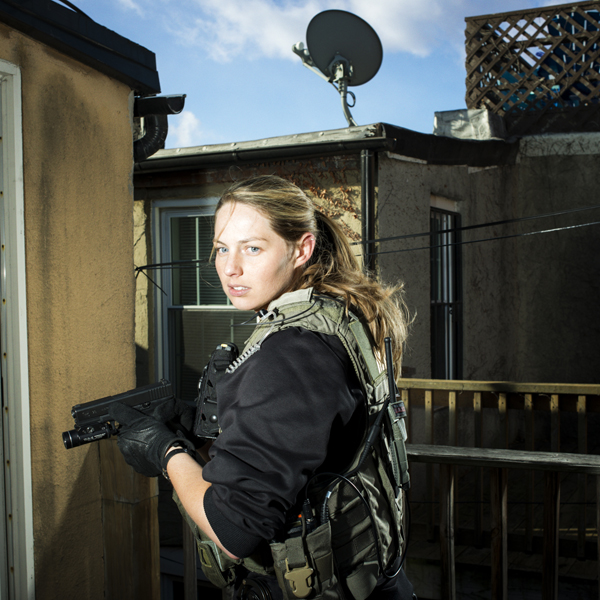
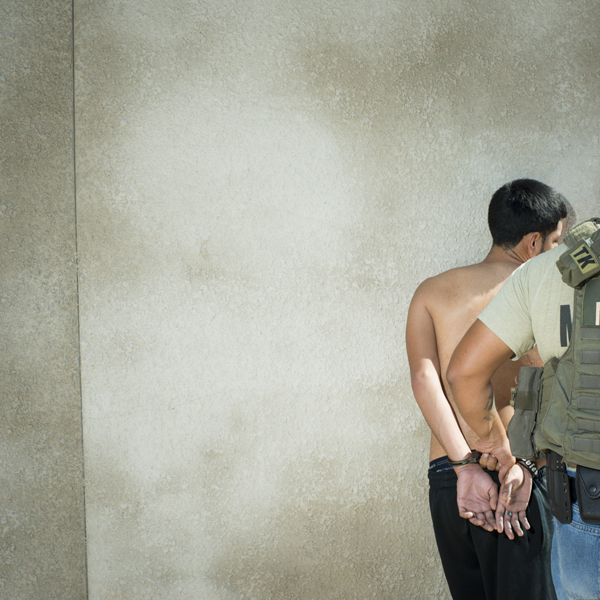
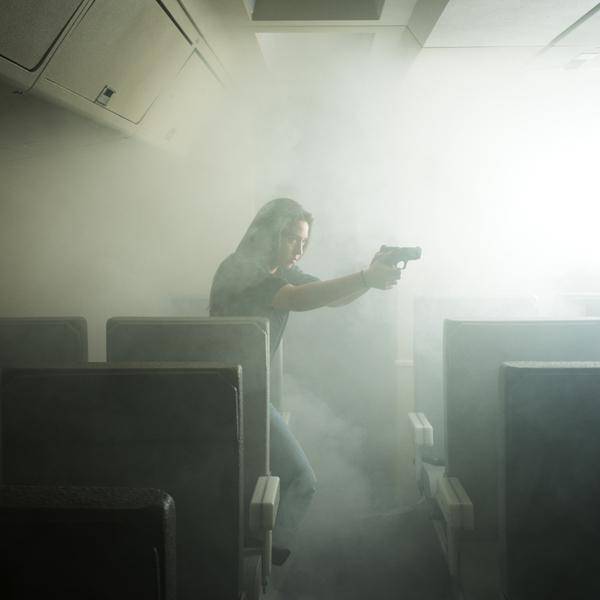
06.14.2014 — Comments are off for this post.
Top Golf


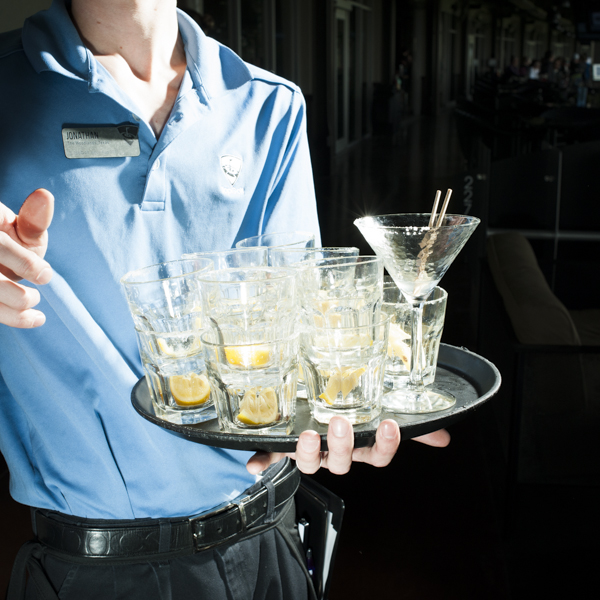
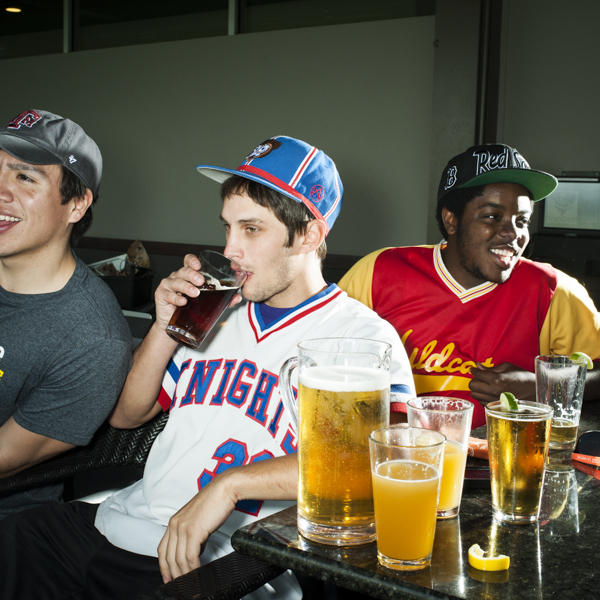
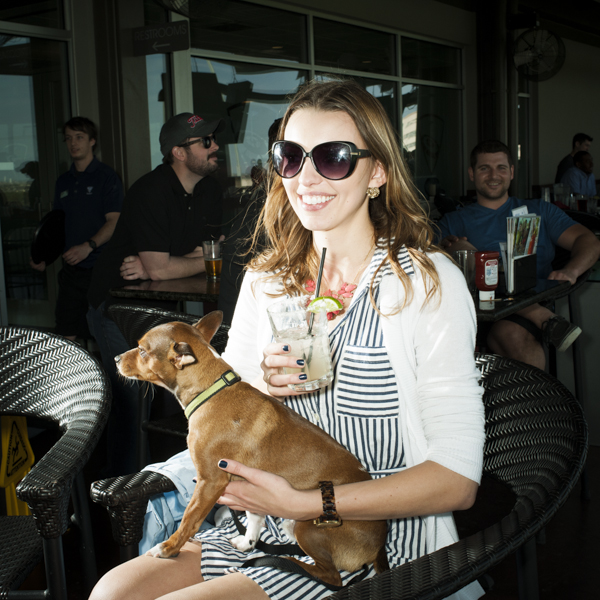
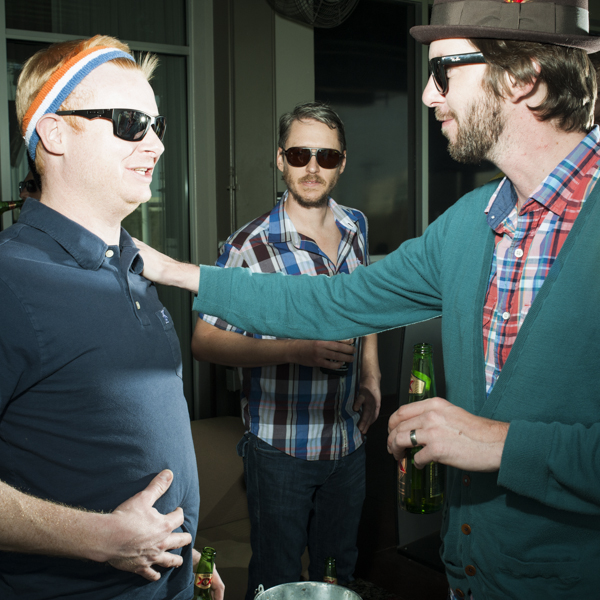
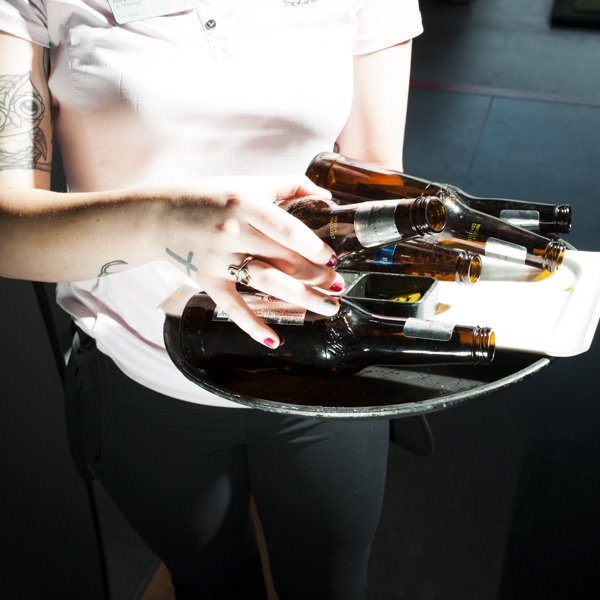


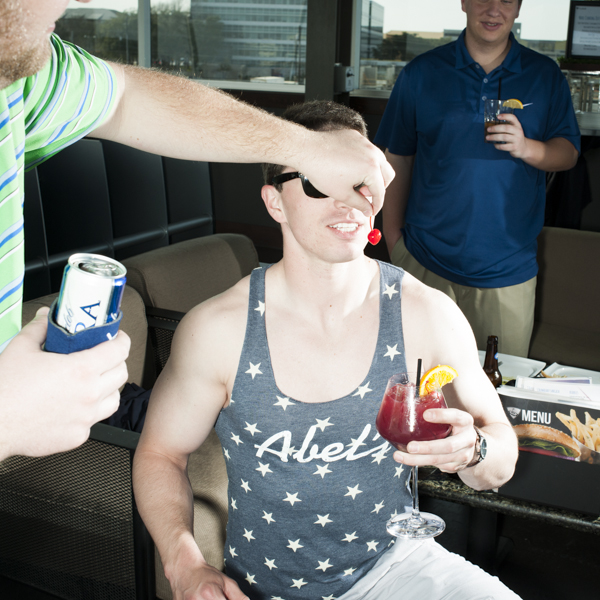
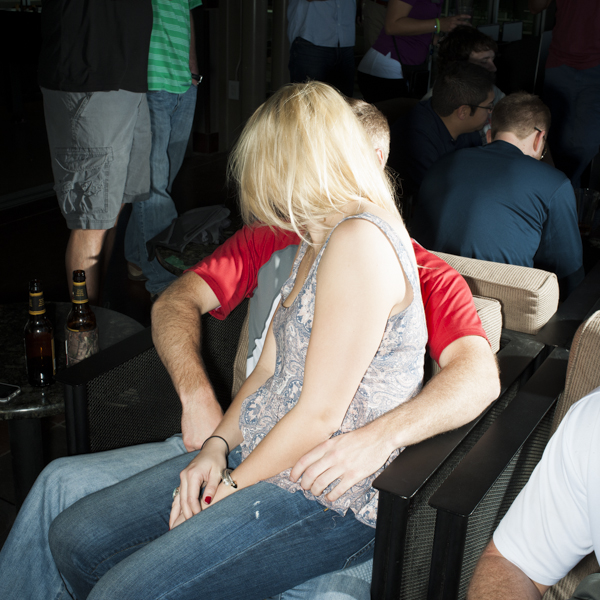
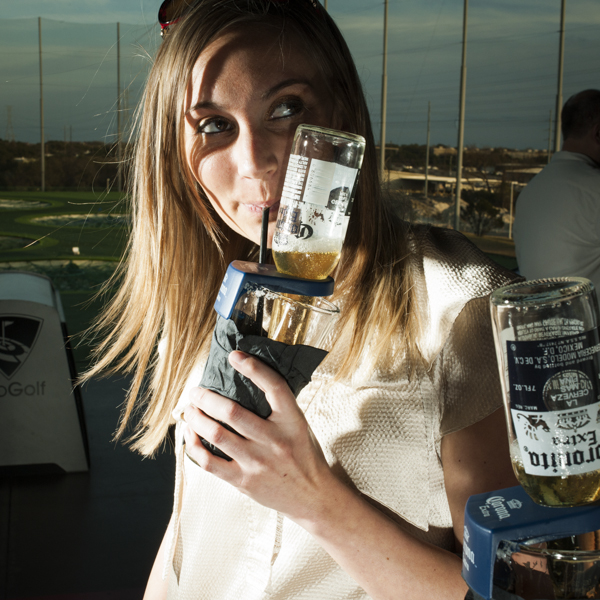
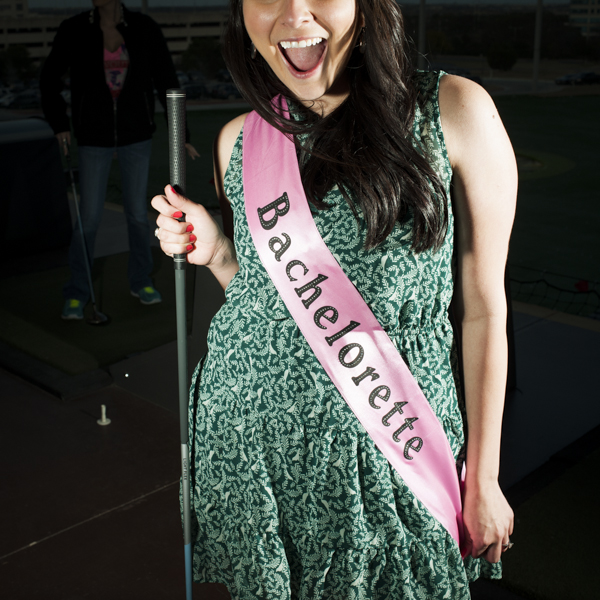
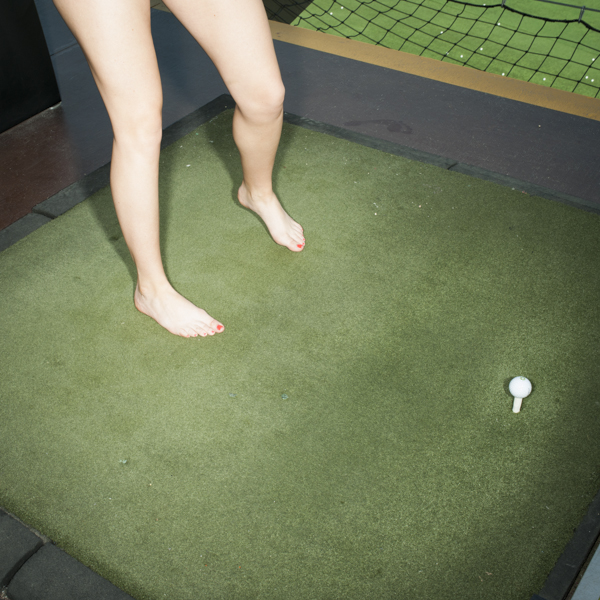

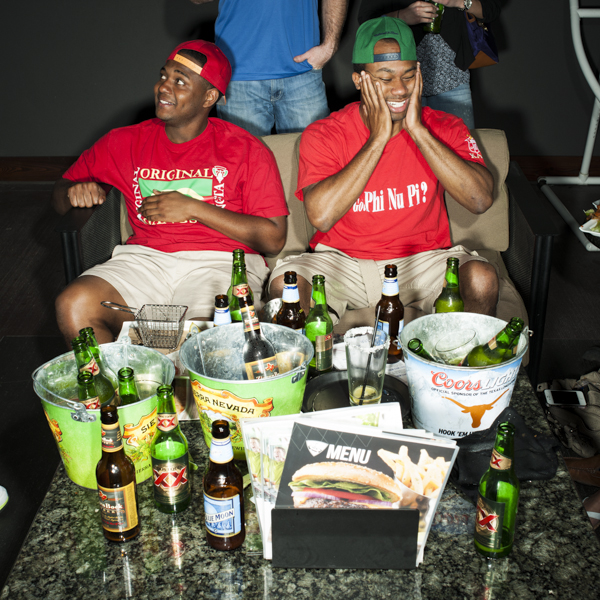
06.12.2014 — Comments are off for this post.
Photo District News
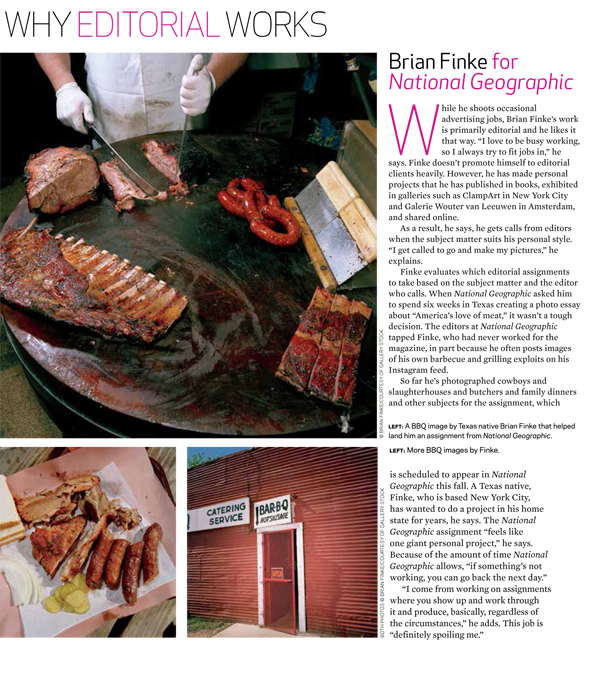
05.19.2014 — Comments are off for this post.
Popular Mechanics | Darpa
